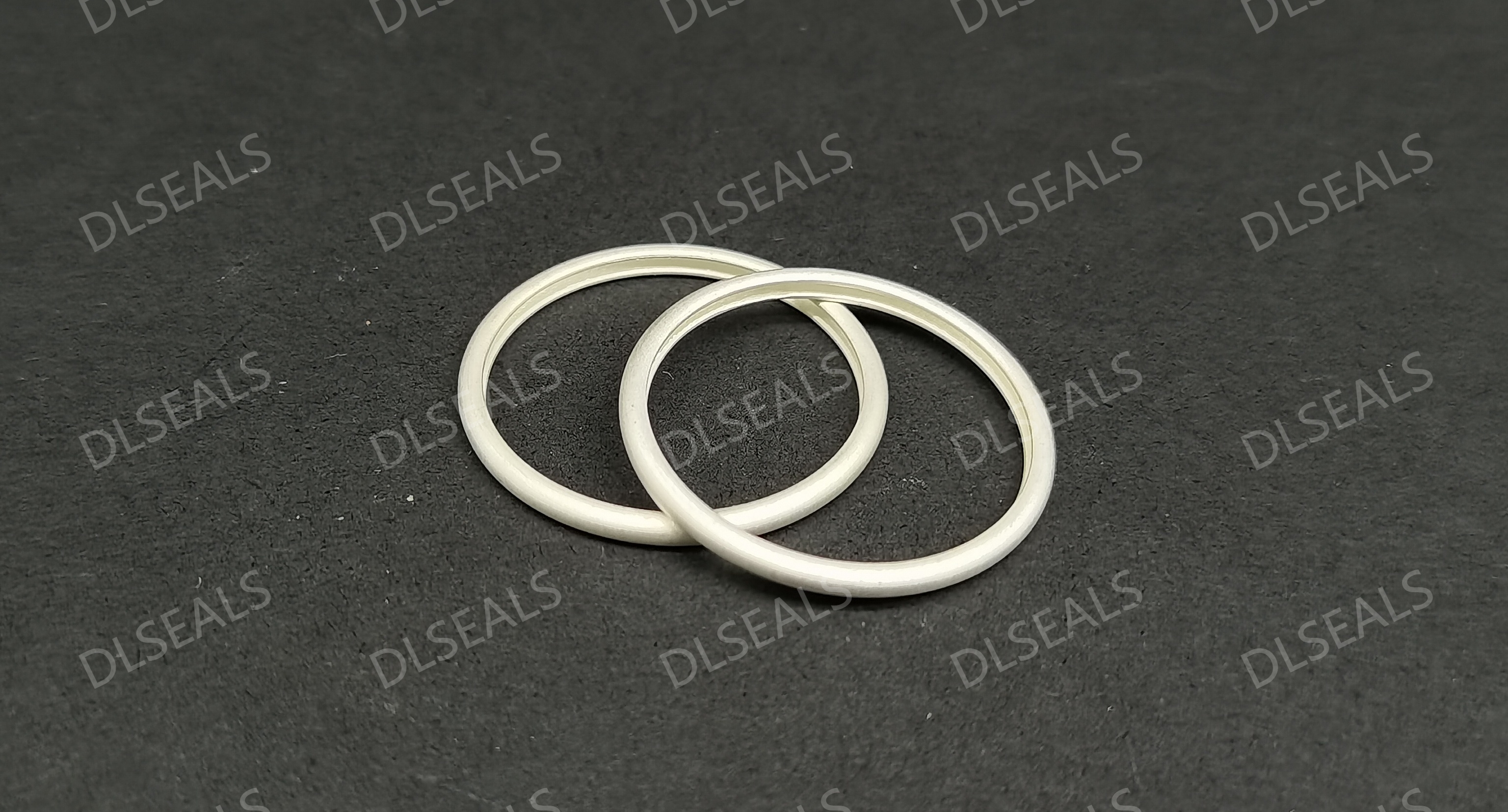News
A2024-09-06

Metal seals play a vital role in industrial equipment, and their quality directly affects the performance and safety of the equipment. Proper selection and maintenance of metal seals are essential to ensure the reliability and longevity of the system. This article will explore the selection criteria, common problems and maintenance strategies for metal seals to help engineers and technicians optimize their use.
1. Selection criteria for metal seals
Selecting the right metal seal requires consideration of several factors:
Working conditions: including working temperature, pressure and media. The material of the metal seal must be able to withstand temperature and pressure changes in the working environment, and also needs to resist corrosion from the media.
Sealing requirements: Determine the type of seal (static or dynamic) and select the appropriate type of seal. For example, static seals are usually used for fixed connections, while dynamic seals are used for moving parts.
Material properties: Select the appropriate metal material based on the specific application. For example, stainless steel is suitable for corrosion-resistant environments, and nickel-based alloys are suitable for high-temperature applications.
Dimensional accuracy: The size of the seal must match the design size of the equipment to ensure a good sealing effect. Dimension mismatch may result in seal failure or equipment damage.
Production process: Consider the impact of manufacturing processes, such as welding, casting or cold working, and different processes have different effects on the performance and quality of the seal.
2. Common problems and solutions
Leakage problem: Leakage of metal seals is usually caused by improper installation, improper material selection or size mismatch. Solutions include rechecking the installation process, ensuring that the seal is in good contact with the equipment, and selecting appropriate materials and sizes.
Wear and aging: Long-term use may cause wear or aging of metal seals, thereby affecting the sealing effect. It is necessary to regularly check the status of the seals and replace aged or worn seals in time.
Corrosion problem: In a corrosive environment, metal seals may be corroded. Choosing corrosion-resistant materials, such as stainless steel or titanium alloys, can effectively prevent problems caused by corrosion.
3. Maintenance strategy
Regular inspection: Regularly check the status of metal seals, including wear, deformation and corrosion. Regular inspections can detect potential problems early and avoid equipment failures.
Cleaning and maintenance: Keep the seals and sealing surfaces clean to prevent foreign matter and contaminants from damaging the seals. Use appropriate cleaning agents and tools to avoid scratching the surface of the seals.
Correct installation: Ensure that the metal seal meets the manufacturer's specifications when installed. Use appropriate installation tools and methods to avoid damage to the seal during installation.
Record and analyze: Record the use and maintenance history of the seal, and analyze this data to identify possible problem trends and optimize maintenance plans.
4. Best Practices
Choose high-quality products: Investing in high-quality metal seals and reliable suppliers, although the cost may be higher, can reduce failure and maintenance costs.
Train technicians: Ensure that operating and maintenance personnel receive proper training and understand the installation, inspection and maintenance techniques of metal seals to improve equipment reliability.
Implement preventive maintenance: Develop a preventive maintenance plan, including regular inspections and maintenance, to detect potential problems in advance and reduce the risk of equipment downtime.
Summary
Metal seals play an important role in a variety of industrial applications. The reliability and service life of equipment can be significantly improved through correct selection, timely maintenance and implementation of best practices. Understanding the selection criteria, common problems and solutions for metal seals, combined with effective maintenance strategies, will help engineers and technicians optimize equipment performance and reduce failures and downtime.
[DLSEALS kindly Reminder] Sealing issues? Turn to DLSEALS! As a sealing component manufacturer, we specialize in customizing sealing components, providing a full range of services from design, research and development, production, testing, and more. If you have more information you'd like to know, feel free to contact us directly. DLSEALS's product experts are dedicated to serving you!